The Cyprus Museum (also known as the Cyprus Archaeological Museum) is the oldest and largest archaeological museum in Cyprus.
The museum houses artifacts discovered during numerous excavations on the island. The museum is home to the most extensive collection of Cypriot antiquities in the world and is located on Museum Street in central Nicosia. Its history goes hand in hand with the course of modern archaeology (and the Department of Antiquities) in Cyprus. Of note is that only artefacts discovered on the island are displayed.
As an institution, the Cyprus Museum was founded in 1882 during the British occupation of the island following a petition by the Cypriot people. This makes the museum 139 years old. The petition was delivered to the British administration by a delegation headed by the religious leaders of both the Christian and Muslim populations.[1] A major catapult for this action were several illicit excavations and the smuggling of antiquities off the island. The most extensive of these had been carried out a few years earlier by the United States Ambassador, Luigi Palma di Cesnola, who had smuggled over 35,000 artefacts off the island, most of which were destroyed in transit. Many of the surviving items ended up in the newly formed Metropolitan Museum of Art in New York and are currently on display in their own galleries on the second floor.[2]
The initial museum was funded by private donations and was temporarily housed in existing governmental offices. It moved to its own premises in 1889 on Victoria Street within the medieval walls of the city. Construction of the current building began in 1908 and was completed in 1924.[3] It was originally dedicated to the memory of the British monarch, Queen Victoria. It was designed by the architect N. Balanos of the Archaeological Society of Athens and construction was supervised by George H. Everett Jeffery then curator of the museum.[4] In 1961 a second set of galleries, storerooms and offices was completed. It published the Cyprus Museum Annual Report.[5]
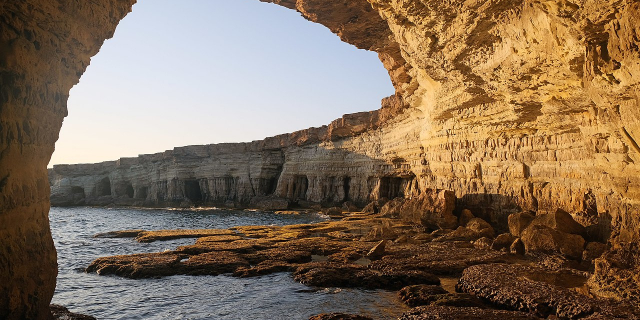





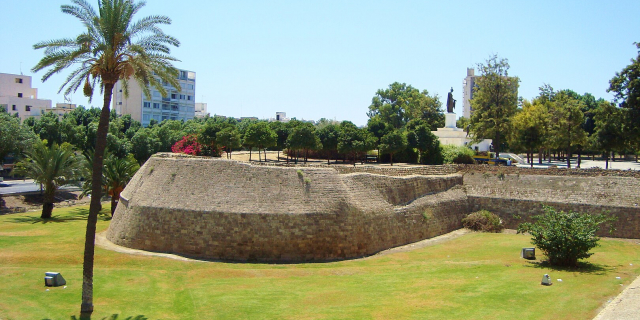




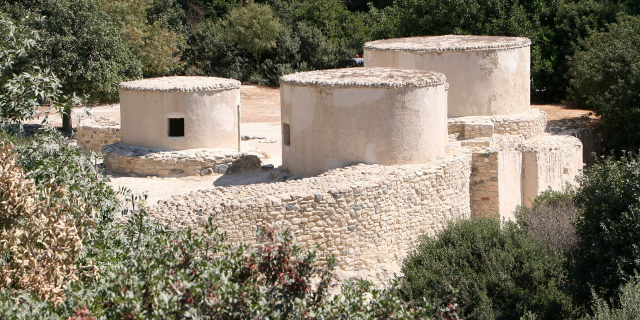
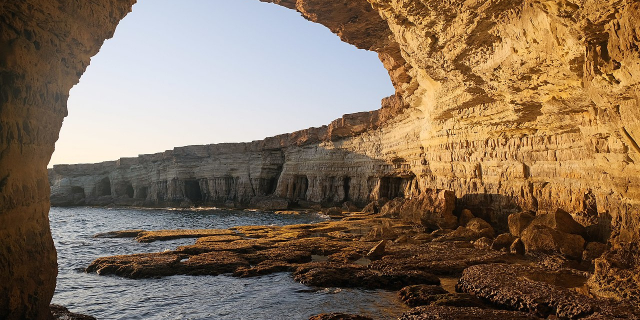

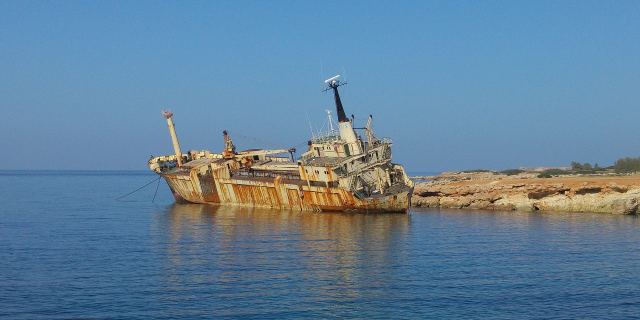


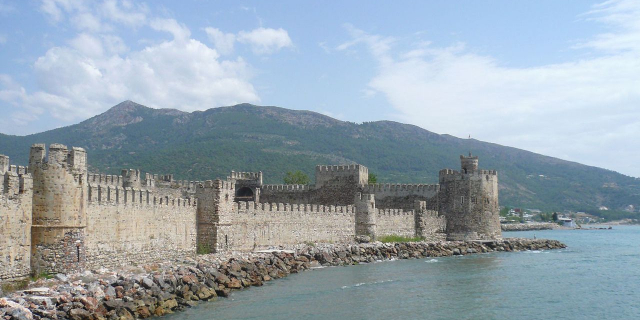
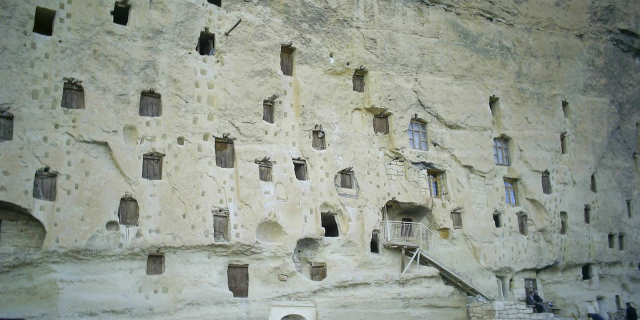
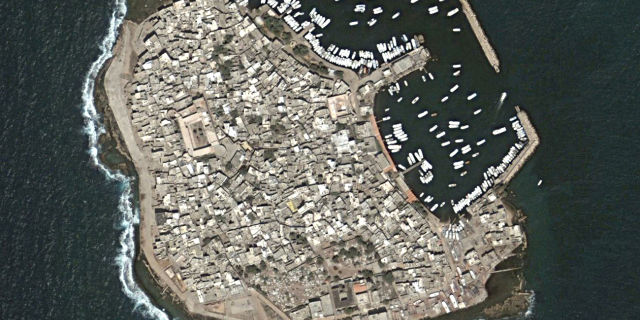

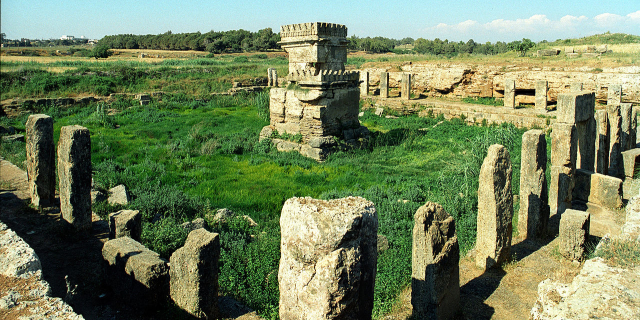
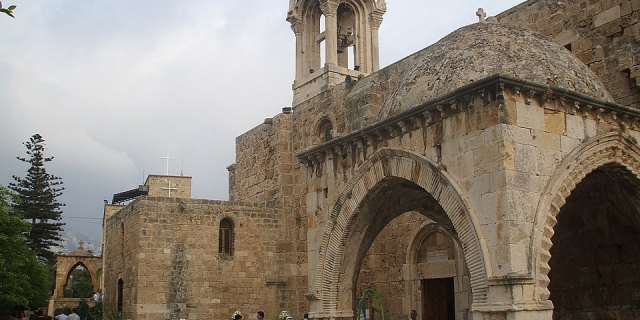


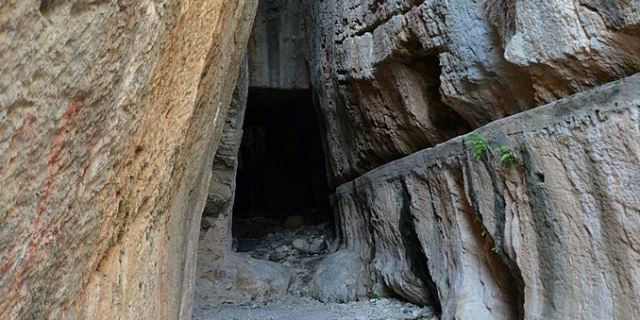

Add new comment